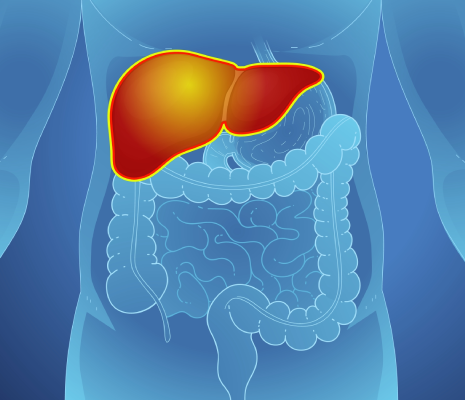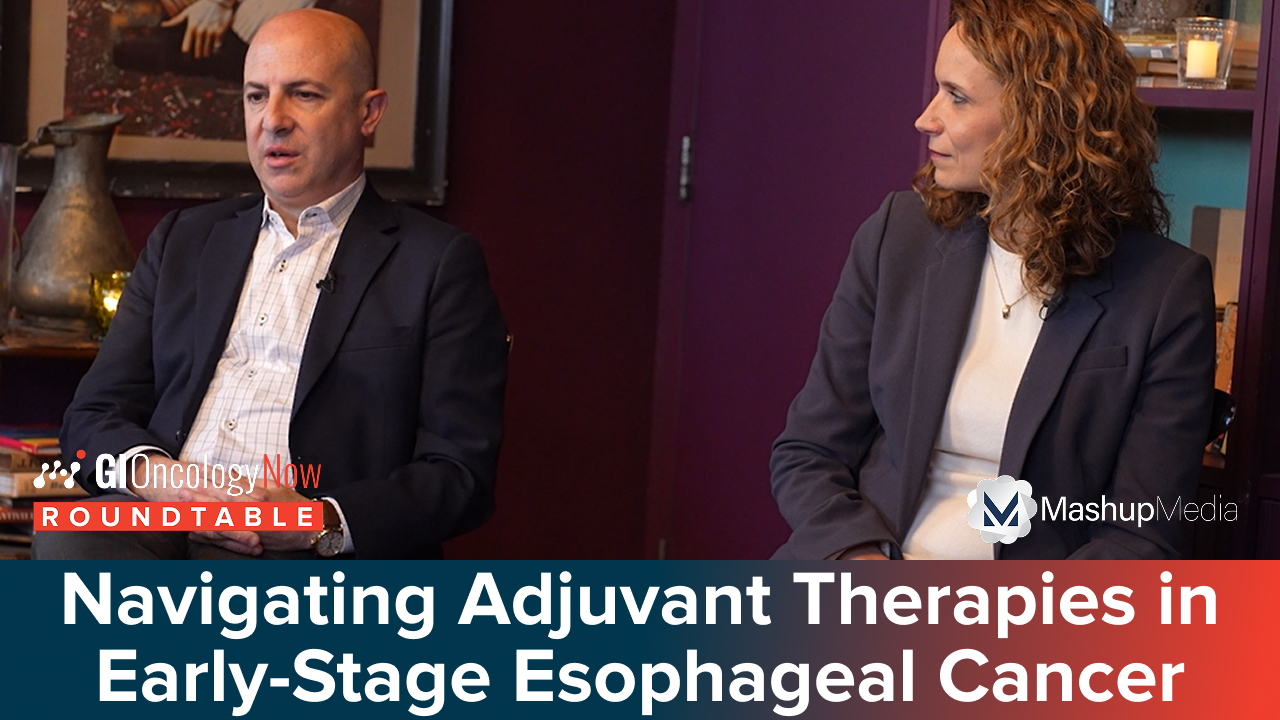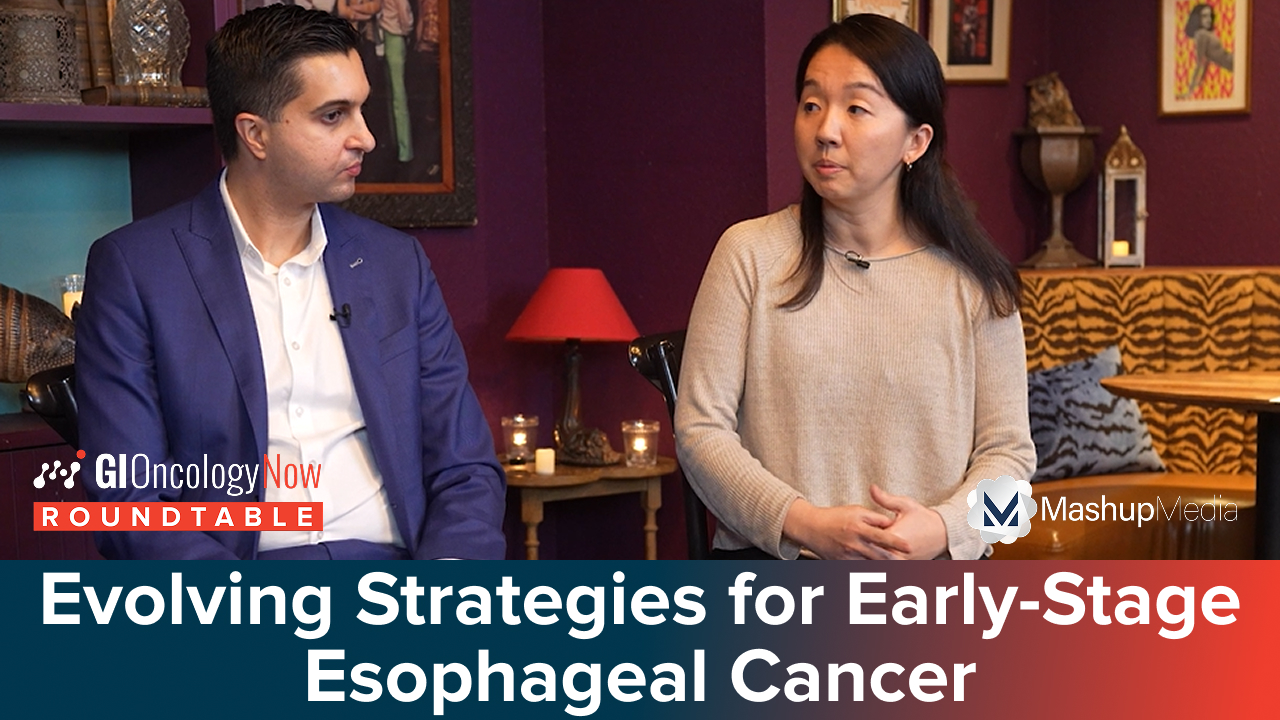
Single tremelimumab and regular interval durvalumab (STRIDE) show “unprecedented” 5-year survival benefit, with no additional serious safety events, for patients with unresectable hepatocellular carcinoma (uHCC), according to the latest update from the phase 3 HIMALAYA study being presented at the European Society for Medical Oncology Congress 2024.
Previous data readouts of HIMALAYA in the uHCC population showed that STRIDE significantly improved overall survival (OS) compared with sorafenib and had durable long-term survival with a 4-year OS rate of 25.2%.
Dr. Lorenza Rimassa and colleagues report the first 5-year OS analysis in the uHCC population and evaluate survival by multiple tumor response measures. Patients were randomized to STRIDE (n=393), durvalumab monotherapy (n=389), or sorafenib (n=389). Dr. Rimassa and colleagues assessed for OS, 5-year OS rates, OS by disease control, changes in tumor size and depth of response, and serious adverse events. The data cutoff was March 1, 2024.
The reported OS hazard ratio (HR) for STRIDE versus sorafenib was 0.76 (95% CI, 0.65-0.89). The 5-year OS rates were 19.6% and 9.4%, respectively, and were further improved in patients who achieved disease control (28.7% and 12.7%, respectively).
In addition, they reported that OS rates for patients who achieved at least 25% tumor shrinkage were 58% and 36% at 48 months, respectively, and 50.7% and 26.3% at 60 months, respectively.
The rate of treatment-related serious adverse events from STRIDE did not change from the primary analysis, Dr. Rimassa and colleagues added.
“STRIDE demonstrated an unprecedented 5-year survival rate, with no additional serious safety events in the extended follow-up,” they concluded. “These results set a new benchmark in uHCC, with one in five pts alive with STRIDE at 5 years.”
The improved OS outcomes across multiple tumor response evaluations, including disease control and depth of response, offer “novel insights on the clinical benefit of dual immune checkpoint inhibition beyond conventional measures of response,” they added.







 © 2025 Mashup Media, LLC, a Formedics Property. All Rights Reserved.
© 2025 Mashup Media, LLC, a Formedics Property. All Rights Reserved.